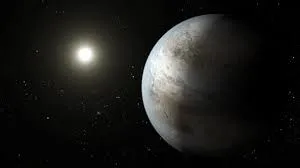
This does not mean that such a discovery would praise as a proof of life. There would probably be too much uncertainty in formulating or accepting unequivocal claims.
Part of this uncertainty stems from an incomplete understanding of an exoplanet where oxygen and methane (or other potential biosignatures) have been found. There may be strange abiotic chemistry that mimics the atmospheric signals that life produces here on Earth.
The new study suggests that such concerns are indeed justified. He and his colleagues worked with nine different blends of gas, which is what can be found in the atmospheres of alien planets or mini-Neptune. (As their name suggests, these two classes of extraterrestrial worlds are more massive than Earth, but they are smaller than the ice giants like Neptune and Uranus.)
The researchers exposed various mixtures - containing gases such as carbon dioxide, water, methane and ammonia - at temperatures between 27 and 370 degrees Celsius. And they ignited gaseous drinks with one of two types of energy that stimulated the reaction: ultraviolet light and plasma.
The team checked each mixture after three days by identifying compounds produced by mass spectrometers. Scientists have reported that more plants produce oxygen and organic materials such as formaldehyde and hydrogen cyanide.
The study was published on December 11 in the journal ACS Earth and Space Chemistry.